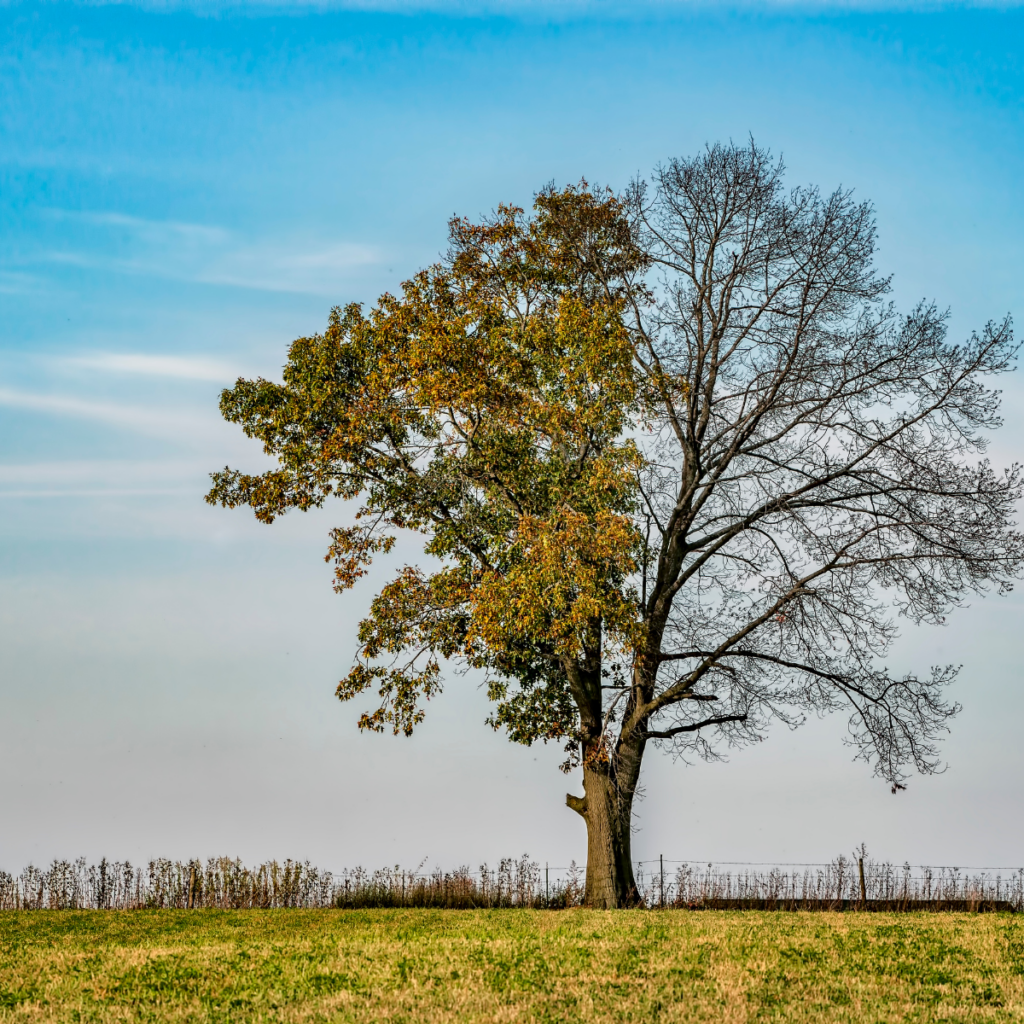A dormant tree is alive but not actively growing. When a tree is dormant, its metabolism slows down and stops growing and producing leaves. It is a resting period, which helps trees conserve resources and protect themselves from the harsh winters. Trees may become dormant for several reasons.
Why do trees become dormant?
Trees have photoreceptors known as phytochromes, which help them sense the amount of light they receive. When they receive far-red light, the phytochromes become inactive, causing photosynthesis to stop. Some trees, such as deciduous trees, become dormant in the fall season and remain dormant until spring when the new buds appear. Trees that grow at higher latitudes tend to become dormant earlier to prepare for the oncoming harsh winters. Sometimes, trees may enter dormancy due to extreme stress or during drought conditions.
Is your tree dead or dormant?
If you have a tree in your backyard that doesn’t seem to grow, it may be hard to tell if it is dead or dormant. It is essential to make this distinction because dead trees can pose a serious safety hazard. It should be removed at the earliest by professionals. Here are some signs your tree is dormant or dead to help you decide what to do next:
A scratch test
It is a common method used to determine the health of the tree. All you need to do is take a sharp object, such as a fingernail, and scrape the bark off a branch. If you see a layer of green tissue right underneath the bark, it is a sign that the tree is still alive.
Evaluate roots
The root system of the tree is one of its most vital parts. It is a great indicator of a tree’s health. If the roots are decaying, it is a sign that the tree is dying or already dead. Look for signs of fungal growth around the roots, as it is a classic sign of root damage.
Analyse leaf fall
Ideally, the leaves should fall at the right time of the year. The tree is dormant if the leaves change color and fall during the right time of the year. However, when the leaves turn brown but do not fall, it is a sign that the tree is sick or dying. If the tree is losing needles or leaves in the wrong season, it could indicate that the tree is dying.
Flexibility test
It is a great way to determine the health of the tree. By checking the brittleness of the branches, you can assess their health. Try to bend a small branch of the tree. If the tree is healthy, the branch will be flexible and will not break easily. However, if the branch is brittle and snaps easily, it could be a sign that the tree is dead. This cannot be a definitive test for determining the tree’s health because other factors such as weather and the type of tree also make a difference. You should use this test in conjunction with other tests to make the right decision.
Check for pests and parasites
Carefully examine the tree for signs of diseases, parasites, and pests. Some common signs and symptoms of a sick tree include discoloration, cankers, wilting, lesions, and more. If there are signs of extreme decay, such as complete defoliation, it could be a sign that the tree is dying or dead.
If you have a dead tree in the backyard, don’t wait until it’s too late. Contact us for professional tree removal services.

